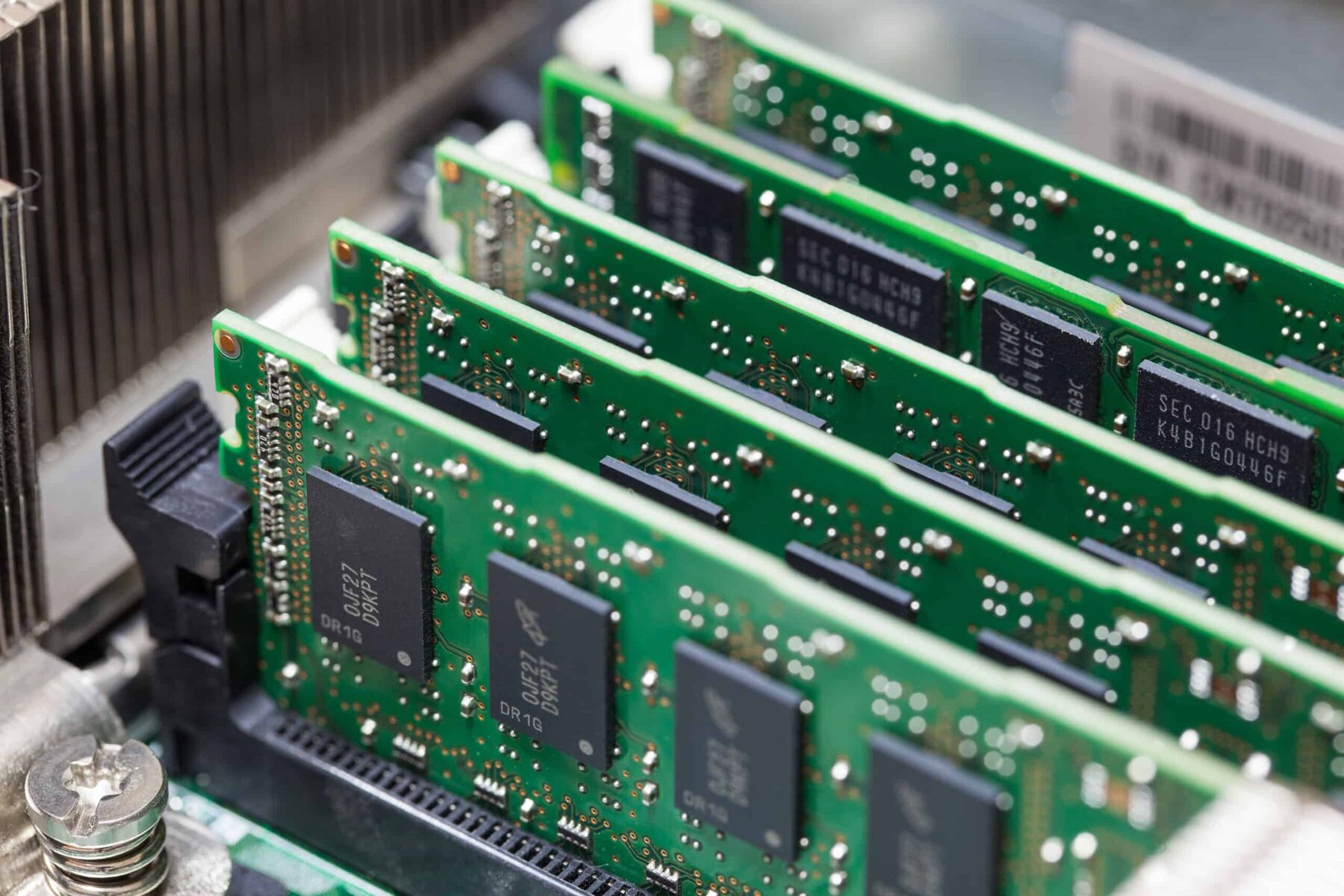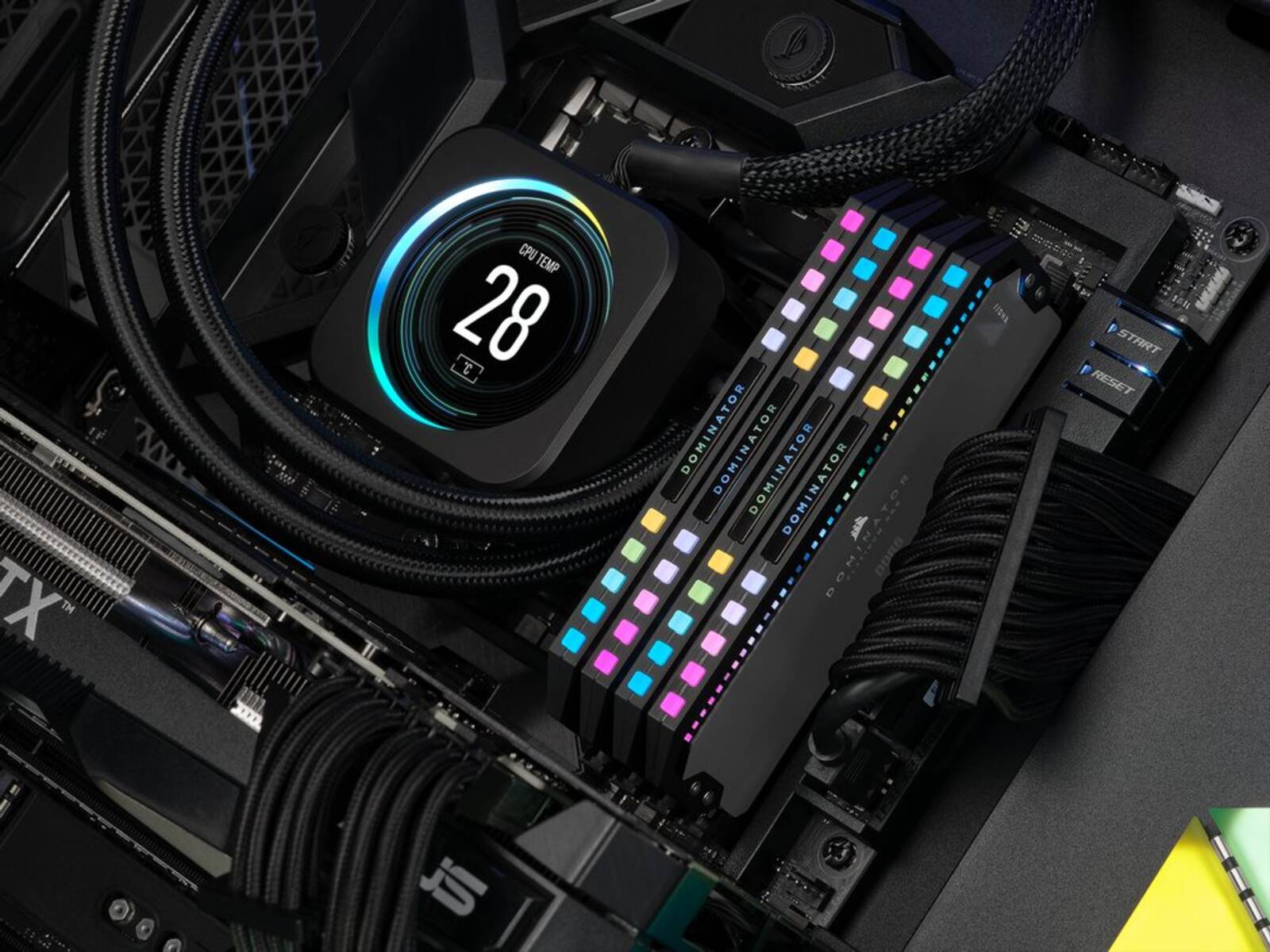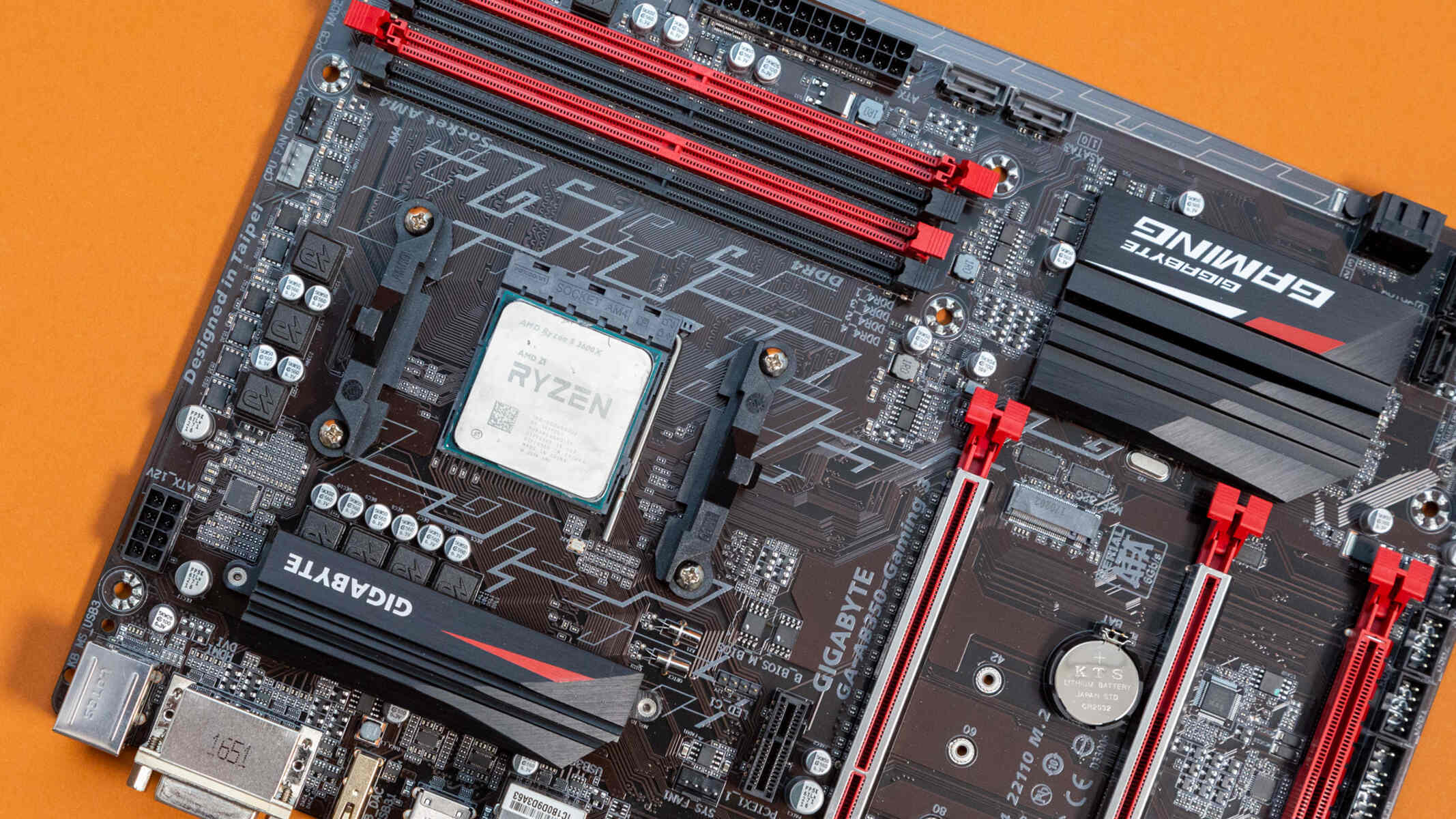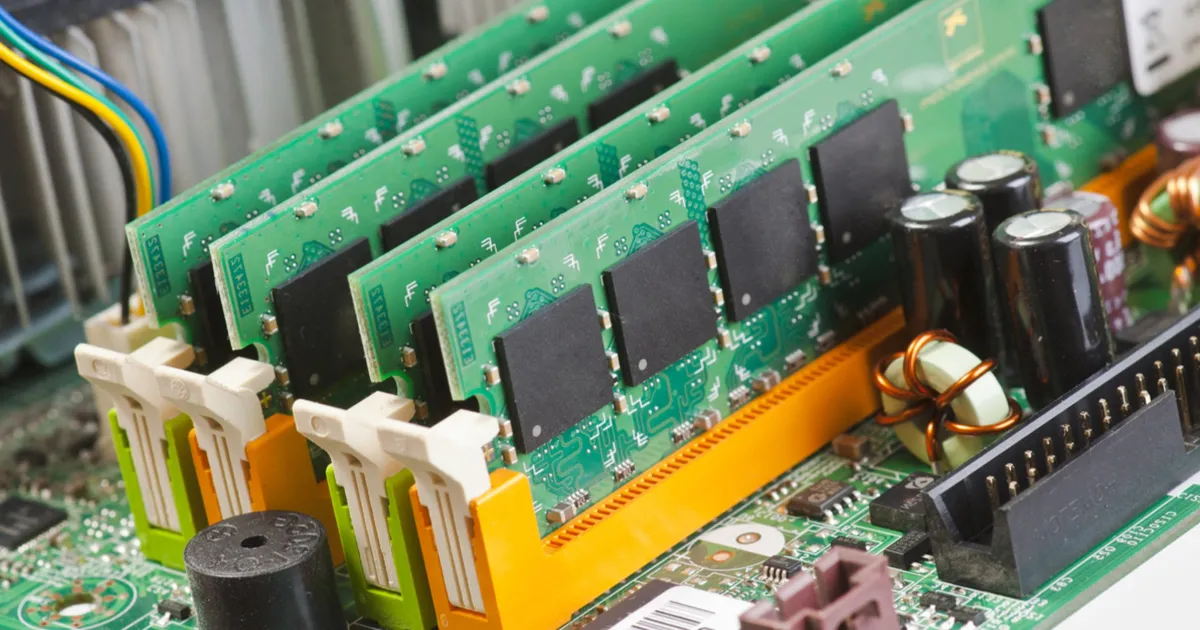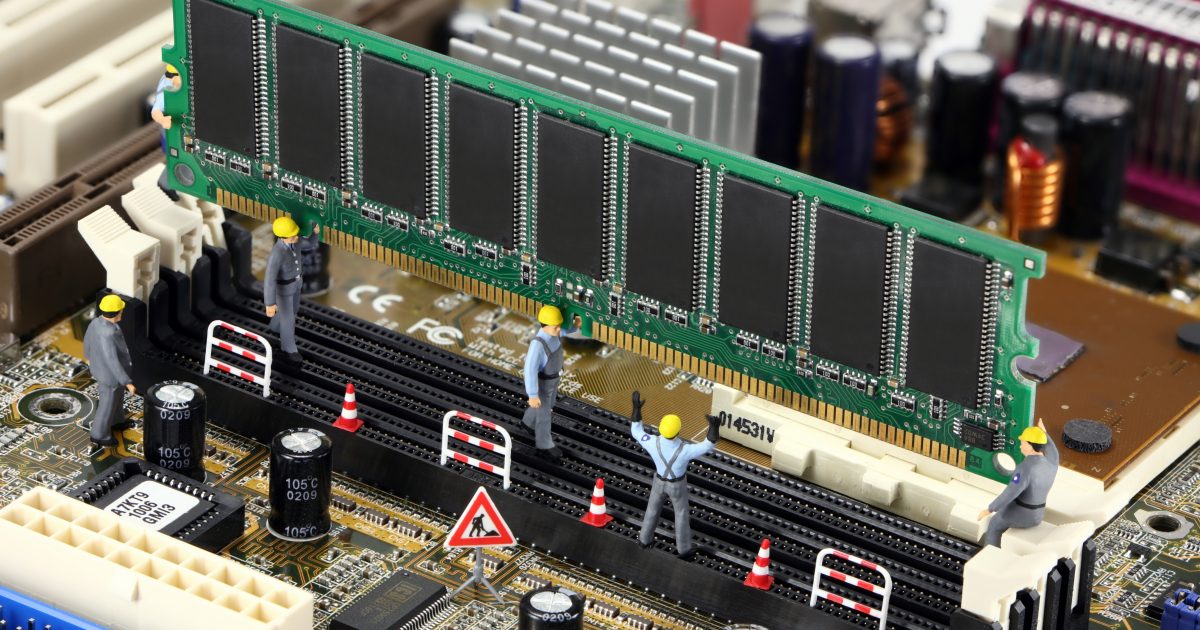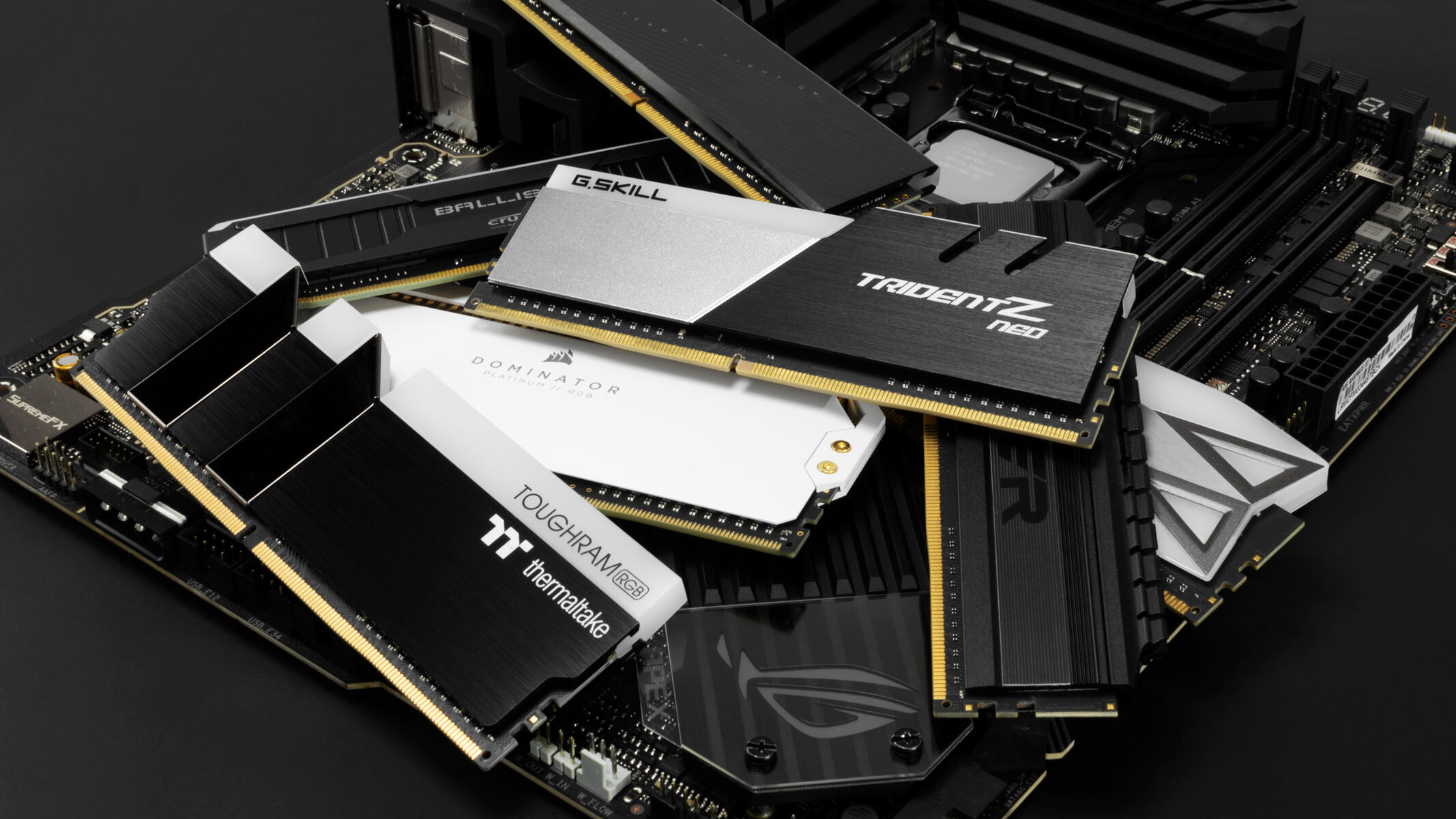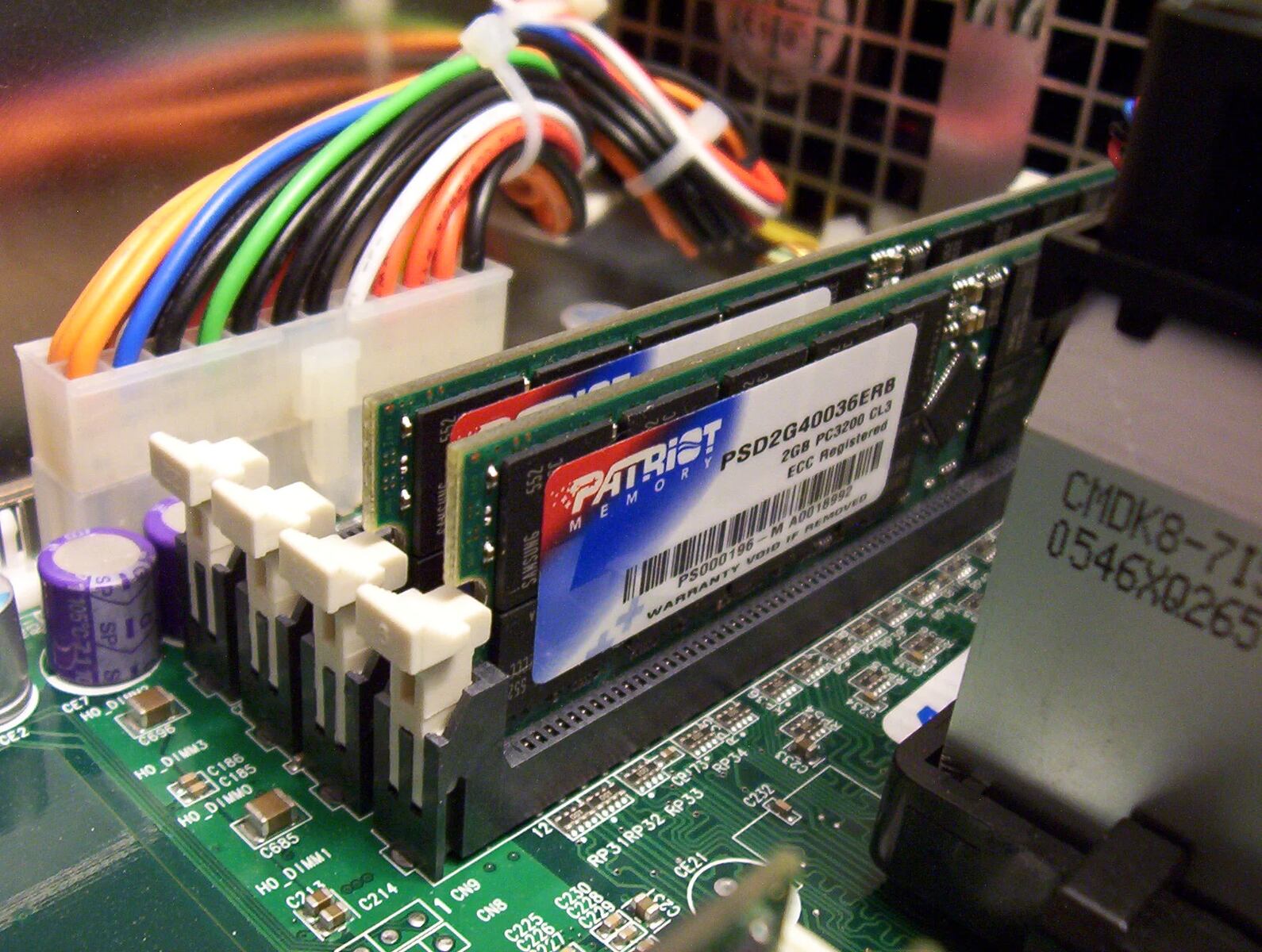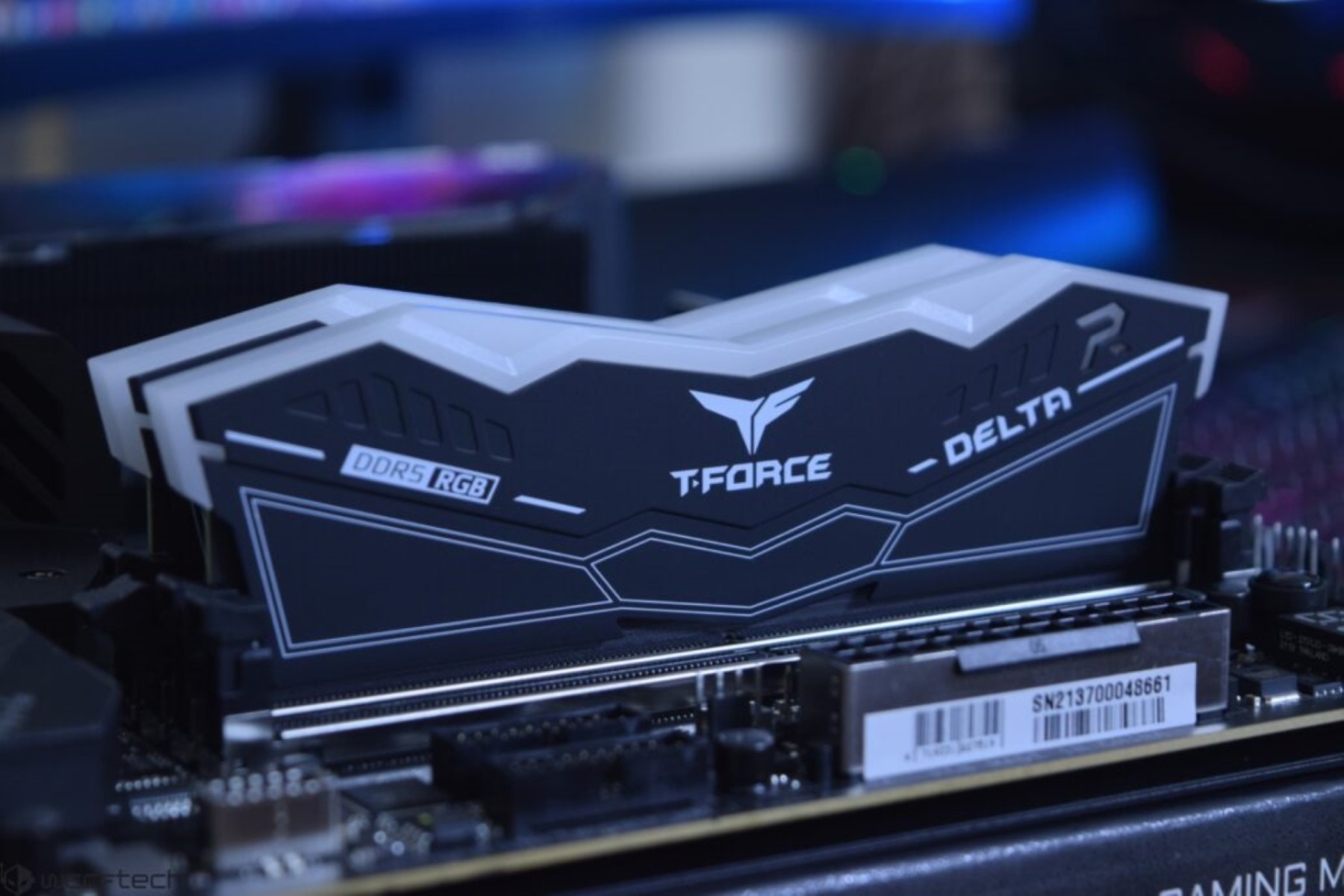Introduction
When it comes to computer hardware, one crucial component that often gets overlooked is RAM, or Random Access Memory. RAM plays a vital role in the overall performance and speed of a computer system. It acts as a temporary storage space for data that is being actively used by the CPU, allowing for quicker access and processing. It is like the working memory of your computer, enabling seamless multitasking and efficient data handling.
However, when choosing RAM for your system, there are various technical specifications to consider, one of which is CAS Latency. CAS stands for Column Address Strobe, and Latency refers to the time delay between the command for data retrieval and the actual delivery of that data from the RAM module. Understanding CAS Latency and its impact on RAM performance is essential for making informed decisions when upgrading or choosing new RAM for your computer.
In this article, we will explore the concept of CAS Latency and its significance in RAM performance. We will delve into what is considered a good CAS Latency, factors to consider when choosing RAM with good CAS Latency, and its implications on your computer’s overall speed and responsiveness.
By the end of this article, you will have a better understanding of how CAS Latency plays a vital role in maximizing the performance of your computer’s RAM, enabling you to make informed decisions when it comes to upgrading or purchasing new RAM modules.
What is RAM?
RAM, short for Random Access Memory, is a type of computer memory that is used to store data that the computer’s processor needs to access quickly. Unlike long-term storage devices like hard drives or solid-state drives, RAM is volatile memory, meaning its contents are lost when the power is turned off. RAM acts as a temporary storage area for data that the CPU (Central Processing Unit) needs to access and manipulate during the course of its operations.
When you open a program or file on your computer, it gets loaded into RAM from the storage device, allowing the CPU to access and process the data much faster than if it were reading from a hard drive or SSD. Think of RAM as your computer’s working space or a scratchpad for the CPU. The more RAM your computer has, the more data it can store in its working memory, which can lead to faster and more efficient performance.
RAM is organized into small addressable units called bytes, which are further grouped into larger units called memory banks or arrays. The capacity of RAM is usually expressed in gigabytes (GB) or terabytes (TB). Common RAM sizes include 4GB, 8GB, 16GB, and 32GB, although larger capacities are also available for high-performance systems.
In addition to its storage capacity, there are other important factors to consider when choosing RAM for your computer, such as the type of RAM (e.g., DDR4, DDR3), the speed at which it operates (measured in megahertz or MHz), and the CAS Latency.
Now that we have a basic understanding of what RAM is, let’s explore how CAS Latency influences RAM performance and what constitutes a good CAS Latency.
What is CAS Latency?
CAS Latency, or Column Address Strobe Latency, is a timing parameter that measures the delay between when a command is issued to retrieve data from RAM and when that data is actually delivered. It is an important specification to consider when choosing RAM modules for your computer.
The CAS Latency is represented as a series of numbers, such as CL14 or CL16. The number indicates the number of clock cycles it takes for the RAM module to respond to a command. Each clock cycle represents a specific unit of time, and the lower the CAS Latency, the less time it takes for the RAM to respond, resulting in faster data retrieval.
For example, if you have RAM with a CAS Latency of CL14 and a memory clock speed of 2400 MHz, it means that it takes 14 clock cycles for the RAM to respond to a command. On the other hand, RAM with a CAS Latency of CL16 would take 16 clock cycles. Therefore, RAM with a lower CAS Latency tends to have better performance because it can deliver data to the CPU more quickly.
It’s important to note that CAS Latency is just one aspect of RAM performance, and it should be considered alongside other factors such as memory clock speed and overall capacity. A balance between all these factors is critical to achieving the best performance for your computer.
CAS Latency is often indicated in RAM specifications alongside other numbers, such as timings (e.g., 16-18-18-36). These timings represent different aspects of memory access and should be taken into consideration when choosing RAM for your system. However, CAS Latency is typically the most prominently displayed timing specification when comparing different RAM modules.
Now that we understand what CAS Latency is, let’s explore how it affects the performance of RAM in your computer.
How does CAS Latency affect RAM performance?
The CAS Latency of RAM has a direct impact on its performance and can significantly affect the overall speed and responsiveness of your computer. A lower CAS Latency means that the RAM can respond to commands more quickly, resulting in faster data retrieval and improved overall system performance.
When the CPU sends a request to retrieve data from RAM, it first needs to wait for the RAM to locate and deliver that data. This waiting period is determined by the CAS Latency. A lower CAS Latency means less waiting time, allowing the CPU to access the requested data more rapidly. This leads to faster data processing, smoother multitasking, and reduced lag or delay in resource-intensive applications such as gaming, video editing, or complex simulations.
On the other hand, RAM with higher CAS Latency requires more clock cycles to respond, resulting in increased waiting time for the CPU. This can potentially slow down the overall performance of your computer, especially in situations where large amounts of data are being accessed frequently.
However, it’s important to note that the impact of CAS Latency on real-world performance may vary depending on the specific tasks and applications you use. In general, the performance difference between RAM modules with different CAS Latencies may not be noticeable in everyday computing tasks like web browsing or word processing. But for applications that require high data throughput or systems that demand optimal performance, such as gaming rigs or workstations for content creation, choosing RAM with a lower CAS Latency can provide tangible benefits.
It is worth mentioning that CAS Latency is just one factor in determining RAM performance. The overall performance of RAM also depends on other factors, such as memory clock speed, memory timings, and the specific requirements of your computer’s motherboard and processor. Therefore, it’s essential to consider the balance between these factors when choosing RAM modules for your system.
Now that we understand how CAS Latency affects RAM performance, let’s explore what is considered a good CAS Latency in the next section.
What is considered a good CAS Latency?
When it comes to determining what is considered a good CAS Latency for RAM, there are a few factors to consider. The optimal CAS Latency depends on the specific requirements of your computer and the tasks it will be performing. However, in general, a lower CAS Latency is preferred as it indicates faster data retrieval and better overall system performance.
Typically, RAM modules with CAS Latency values of CL14, CL16, or lower are considered to have good latency. These modules offer faster response times and are well-suited for demanding tasks such as gaming, video editing, or running memory-intensive applications. The lower the CAS Latency, the better the performance, but keep in mind that the improvement may not always be noticeable in everyday computing tasks.
It’s important to note that the CAS Latency rating is tied to the specific RAM module you’re using. Different RAM modules, even with the same CAS Latency value, may have varying performance levels due to differences in memory speed and internal architecture. Therefore, it’s essential to consider the overall performance characteristics of the RAM module, including its CAS Latency, memory speed, and compatibility with your system.
Additionally, it’s worth mentioning that as technology advances, RAM modules with lower CAS Latency values are becoming more common and affordable. This means that it is now more accessible to obtain RAM with good CAS Latency without breaking the bank. However, it’s important to consider your budget and the specific requirements of your computer to strike the right balance between cost and performance.
Ultimately, the ideal CAS Latency for your system depends on your specific needs and budget. If you require maximum performance and are willing to invest in high-end components, opting for RAM modules with lower CAS Latency values can provide noticeable improvements. On the other hand, if you primarily use your computer for everyday tasks and don’t require intensive operations, a slightly higher CAS Latency may not have a significant impact on your system’s performance.
Now that we have an understanding of what is considered a good CAS Latency, let’s explore the factors to consider when choosing RAM with good CAS Latency in the next section.
Factors to consider when choosing RAM with good CAS Latency
When selecting RAM modules with good CAS Latency, there are several crucial factors to consider. These factors will help ensure that you choose the right RAM for your computer system, maximizing its performance and meeting your specific requirements.
1. Compatibility: Before purchasing RAM modules, ensure that they are compatible with your computer’s motherboard and processor. Check the motherboard specifications and compatibility lists provided by the manufacturer to ensure seamless integration.
2. RAM Type and Capacity: Consider the type of RAM required by your system, such as DDR4, DDR3, or others. Additionally, determine the appropriate RAM capacity based on your computing needs, taking into account factors such as multitasking, resource-intensive applications, and future scalability.
3. CAS Latency: Evaluate the CAS Latency value of the RAM modules and choose one with a lower latency if your budget allows. Lower CAS Latency values, such as CL14 or CL16, generally indicate better performance but may come at a higher cost.
4. Memory Clock Speed: Consider the memory clock speed, measured in megahertz (MHz). Higher clock speeds can improve data transfer rates, providing a boost in overall system performance. However, the impact of clock speed on real-world performance may be marginal in comparison to other factors.
5. Latency Timings: Apart from CAS Latency, pay attention to other latency timings such as tRCD (RAS to CAS delay), tRP (Row Precharge Time), and tRAS (Row Active Time). These timings affect the efficiency of memory access and should be considered in conjunction with CAS Latency.
6. Budget: Set a realistic budget based on your requirements and consider the trade-off between performance and cost. Determine the sweet spot that fits your needs while providing good value for money.
7. Brand and Quality: Choose reputable brands known for producing reliable and high-quality RAM modules. Research customer reviews and feedback to ensure the reliability, durability, and performance of the RAM you are considering.
8. Overclocking Capabilities: If you are interested in overclocking your RAM for even higher performance, consider RAM modules specifically designed for overclocking with good CAS Latency values and robust heat dissipation features.
By taking these factors into account, you can make an informed decision when selecting RAM modules with good CAS Latency. Remember that achieving the desired performance goes beyond CAS Latency alone and requires a balance of various factors to create a well-optimized computer system.
Conclusion
In conclusion, understanding CAS Latency is essential when choosing RAM modules for your computer system. CAS Latency, or Column Address Strobe Latency, measures the delay between issuing a command to retrieve data from RAM and the delivery of that data. A lower CAS Latency indicates faster data retrieval and better overall system performance.
While a lower CAS Latency is generally preferred, the optimal CAS Latency depends on your specific computing needs and budget. RAM modules with CAS Latency values of CL14 or CL16 are considered to have good latency and can provide noticeable performance improvements, especially for demanding tasks like gaming or video editing.
When selecting RAM with good CAS Latency, it’s crucial to consider other factors as well. Ensure compatibility with your motherboard and processor, choose the appropriate RAM type and capacity, evaluate memory clock speed, and consider other latency timings. Additionally, set a realistic budget and choose reputable brands that offer reliable and high-quality RAM modules.
Remember that CAS Latency is just one aspect of RAM performance, and a balance between various factors is essential for optimizing your computer’s overall performance. Consider your specific computing needs, the tasks you’ll be performing, and your budget to make the best choice for your system.
By making informed decisions when choosing RAM modules with good CAS Latency, you can maximize the performance of your computer, ensuring smooth multitasking, faster data processing, and an overall improved computing experience.







